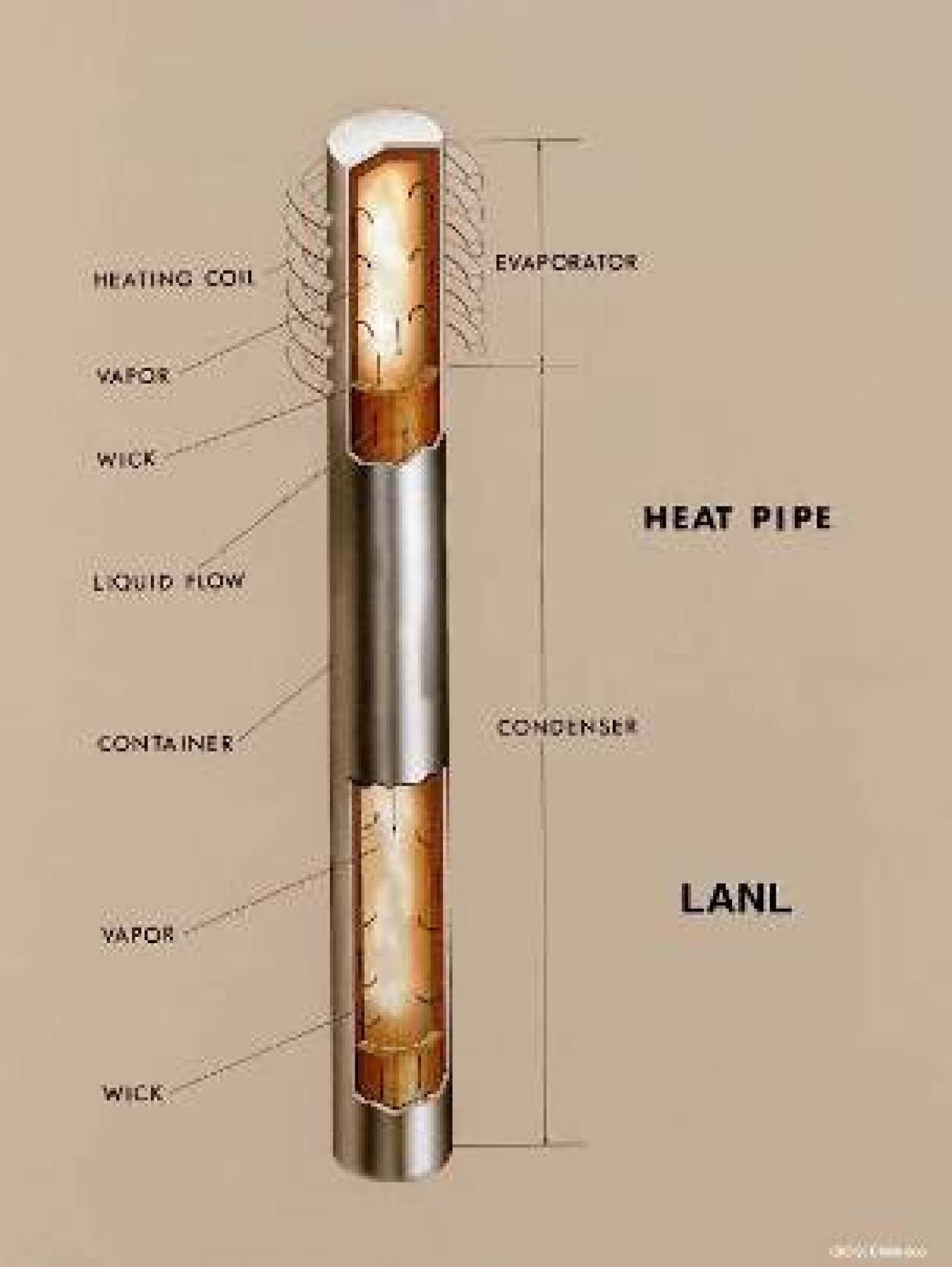-- This project is inactive --
The Los Alamos National Laboratory (LANL), under the National Laboratory R&D competitive funding opportunity, is developing a megawatt-scale heat pipe–based technology designed to bridge the heliostat reflector field and the power cycle by replacing both the solar receiver and the heat transfer fluid (HTF) system used in concentrating solar power (CSP) systems. The technology, called the high-temperature thermal array, aims to achieve the SunShot Initiative's goals by addressing technical challenges, reducing capital and operating expenses, and increasing net photon-to-electricity conversion efficiency.
Approach
The research team is working to advance key technical challenges in CSP systems to enable high-temperature thermal arrays from technology readiness level (TRL) 2 to TRL 4. Major technical aspects of this work are focused on:
- Cost-effective wick composition
- Thermal array fabrication methods
- Countergravity physics
- Heat pipe start-up and thermal cycling protocols
- System testing and scaling for large-scale deployment.

Innovation
The high-temperature thermal array uses an innovative method of capturing energy from photons and delivering it to the power cycle. By capturing the energy in the form of latent heat, the system maintains the thermodynamic availability of each incident photon at the high temperatures required to increase the efficiency of CSP systems. The use of latent heat capture and transport methods also enables new opportunities for thermal storage and the use of power cycles driven through the use of latent heat (Rankine) and isothermal heat sources (Stirling). The system has the potential to be broadly applicable in many CSP and heliostat configurations, including parabolic troughs, Fresnel lens systems, and power tower designs.
Learn about other concentrating solar power research.

